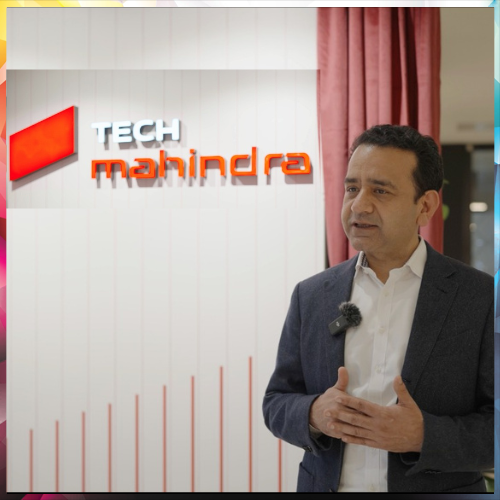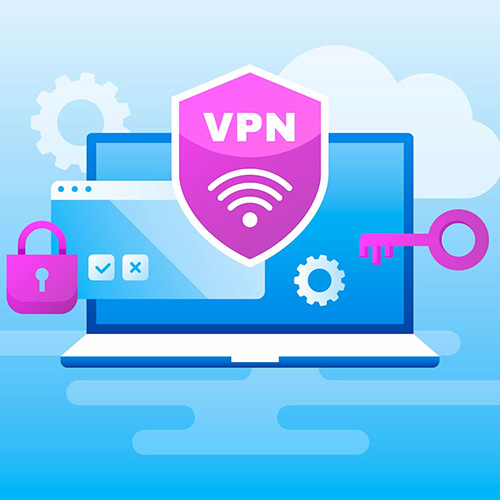
Viavi Solutions has revealed the results of its 15th consecutive State of the Network global study of enterprise networking and IT service delivery challenges. As organizations continue to adapt to a post-pandemic surge in cloud-based productivity, the 2023 report details how end-user awareness remains critical and explores the benefits – and challenges – of cloud and off-premises network modernization initiatives.
One theme carried over from the previous years’ studies was the perseverance and resilience IT teams are building as they manage network performance while balancing new technology deployment, security threats and visibility gaps. Both SD-WAN and cloud-based services have reached nearly 100% adoption, with zero-trust network access (ZTNA) deployment on the rise as a cybersecurity priority.
End-user experience is the highest-ranking key performance indicator (KPI) among IT teams, with 7 in 10 considering it more important than other KPIs derived through active monitoring, packets, and flow data.
The report also highlights the inherent monitoring challenges involved in the transition to a remote-first, cloud-native modern enterprise. Around 70% of organizations surveyed say more than half of their applications are hosted in the cloud. However, fewer than 1% of organizations say they are satisfied with network visibility, with 4 in 5 citing visibility of cloud or off-premises assets as a top concern. TLS encryption, vital for enhancing IT cybersecurity, also complicates visibility objectives.
Troubleshooting teams are also under increased pressure. Echoing findings from 14 of the past 15 surveys, problem domain isolation – pinpointing issues across network, server, application, or client domains - remains one of the biggest challenges for IT teams. The inability to adequately monitor bandwidth consumption ranks close behind. IT teams also cited the number of tools needed to resolve specific issues as a primary concern, and sourcing the requisite talent to troubleshoot network performance issues remains a key obstacle.
As organizations continue to adopt Unified Communications and Collaboration (UCC), the nature of UCC’s near real-time performance demands is becoming more apparent. According to the report, nearly half (49%) of teams spend between 10 and 20 hours per week troubleshooting UCC platforms, with 42% spending up to 10 hours per week.
Despite the increased workload on troubleshooting teams, 83% of organizations said that the benefits of cloud modernization, including savings and increased productivity, outweighed the costs.
“The words ‘perseverance’ and ‘resilience’ spring to mind when considering the effort IT teams are putting into ensuring service delivery in the current environment,” commented Chris Labac, Vice President and General Manager, Network Performance and Threat Solutions, VIAVI. “Organizations understand the growing demand for bandwidth and the myriad benefits of becoming remote-first, cloud-oriented enterprises and are determined to follow through on their plans. However, visibility over off-premise areas such as SASE devices, cloud-hosted services, and the general experience of remote users, has never been more important'. Organizations can overcome many of these critical challenges with more automated problem identification and domain isolation capabilities. Automation efforts should also mean IT teams spend less time in the war room and more time driving strategic initiatives.”
See What’s Next in Tech With the Fast Forward Newsletter
Tweets From @varindiamag
Nothing to see here - yet
When they Tweet, their Tweets will show up here.





























